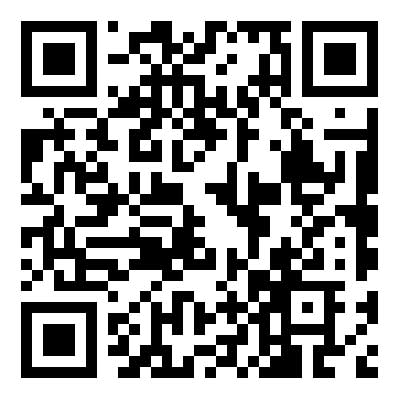Key characteristics and features of modified sine wave inverters
2023-10-18
A modified sine wave inverter, sometimes referred to as a modified square wave inverter, is an electrical device that converts direct current (DC) power from sources like batteries or solar panels into alternating current (AC) power. However, unlike a pure sine wave inverter, which produces an AC output that closely resembles the smooth, sinusoidal waveform of utility grid power, a modified sine wave inverter generates an AC output with a waveform that is a rough approximation of a sine wave.
Here are some key characteristics and features of modified sine wave inverters:
1. Output Waveform: A modified sine wave inverter generates an output waveform that is a stepped approximation of a sine wave. It consists of a series of square or rectangular pulses, which simulate the rise and fall of voltage in a sine wave. While it is not as smooth as a pure sine wave, it still allows most common appliances and devices to operate.
2. Compatibility: Modified sine wave inverters are typically suitable for powering a wide range of common household appliances and devices, including lamps, fans, power tools, resistive heating elements, and some electronic devices. However, they may not be suitable for sensitive electronics and equipment with motors or variable-speed drives.
3. Lower Cost: Modified sine wave inverters are generally more cost-effective than pure sine wave inverters, making them a popular choice for budget-conscious consumers.
4. Efficiency: These inverters are often less efficient than pure sine wave inverters, resulting in slightly higher energy losses during the DC-to-AC conversion process.
5. Noise and Interference: Appliances and devices powered by modified sine wave inverters may produce more audible noise and electrical interference than those powered by pure sine wave inverters. Some electronic devices may not operate as efficiently or may produce audible buzzing sounds when powered by a modified sine wave.
6. Limited Compatibility: Some devices, particularly those with motors or sensitive electronic components (e.g., certain types of power supplies, audio equipment, and medical devices), may not function correctly or efficiently with a modified sine wave output. These devices often require a pure sine wave power source.
7. Applications: Modified sine wave inverters are commonly used in applications such as recreational vehicles (RVs), boats, camping, and emergency backup power for basic household appliances and lighting.
When choosing between a modified sine wave inverter and a pure sine wave inverter, it's important to consider the specific requirements of your application. If you need to power sensitive electronics, motors, or devices with variable-speed drives, a pure sine wave inverter is generally the better choice. However, if you're primarily using resistive loads and cost is a significant factor, a modified sine wave inverter may be suitable for your needs. Always consult the manufacturer's specifications and recommendations to ensure compatibility with your equipment and appliances.



